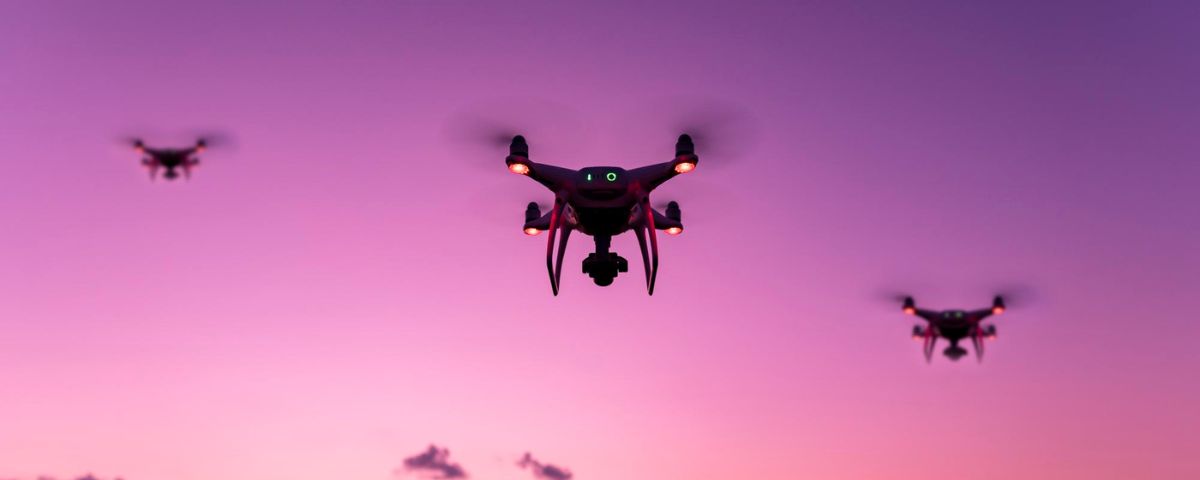
The Department of Telecommunications (DoT) is exploring the use of drones and tethered balloons to restore 5G connectivity during emergencies and natural disasters when normal telecom services are severely disrupted, according to an official familiar with the details. The DoT is planning to conduct trials in the coming months to evaluate the effectiveness of this initiative, aiming to complete these trials and reach a final decision by June next year.
“There is a plan to provide a temporary 5G network using tethered balloons or drones to offer mobile coverage during emergencies and disasters,” the official said. This mechanism would be deployed to ensure 5G connectivity in situations such as natural disasters or emergencies in remote locations. The government believes that using drones and balloons for telecom connectivity is more convenient than setting up new mobile sites during disasters. Industry experts suggest that telcos could use their existing spectrum for connectivity and meet power supply needs through backup or solar technologies.
DoT’s disaster management unit is responsible for ensuring telecom connectivity during and after disasters. In addition to meeting connectivity needs, the department also alerts users with early warning messages and provides automated priority call routing during disasters.
In any disaster scenario, the DoT coordinates with all stakeholders, including telecom operators, for the rapid restoration of connectivity by setting up temporary mobile networks or repairing damaged networks. The government has mandated infrastructure sharing among telecom operators to handle disaster situations, allowing users to connect to any active tower in disaster-affected areas regardless of ownership.
One of the main reasons for network outages during natural disasters is the lack of power supply. The government has advised operators to maintain power backups. Rules stipulate that to restore mobile services affected by damaged base tower stations, telcos should keep a certain minimum number of portable base stations and satellite equipment for connectivity in their inventory.
The government believes that in addition to the existing guidelines, deploying drones and balloons for telecom connectivity will further alleviate problems during emergencies.



